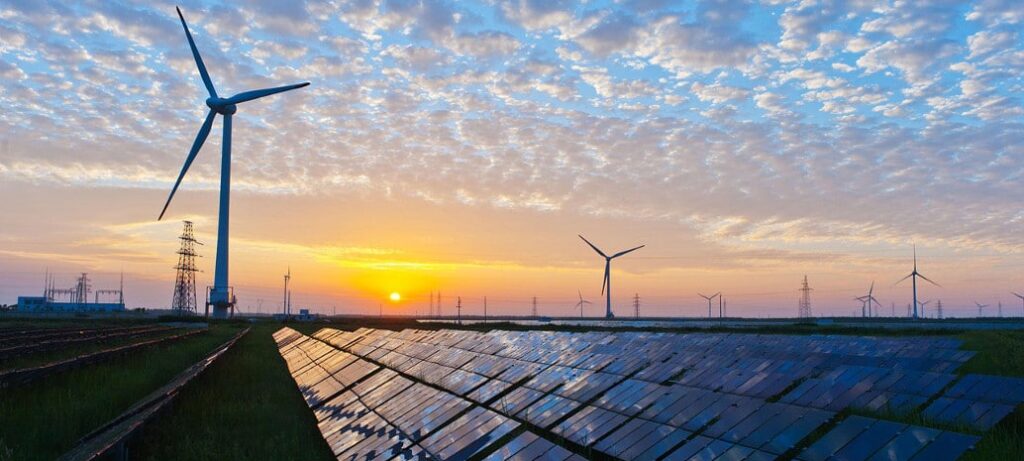Renewables to dominate new U.S. capacity in 2021, with solar leading the way

The U.S. Energy Information Administration also expects utility-scale battery storage capacity to more than quadruple.

Renewable energy resources will account for the majority of new U.S. electricity generating capacity in 2021, according to the U.S. Energy Information Administration (EIA).
In a “Today in Energy” report, the agency said it expects nearly 40 GW of new utility-scale capacity to start commercial operation this year. Of that, solar power will make up the largest share, 39%, followed by wind power at 31%. Natural gas additions will account for 11%, and a new nuclear reactor at Georgia’s Vogtle site is expected to make up about 3%. Notably, battery energy storage is projected to contribute 11% of expected new capacity.

The EIA said project developers and plant owners expect utility-scale solar to set a new record by adding 15.4 GW of capacity to the U.S. grid in 2021. This new capacity will surpass last year’s nearly 12 GW increase, based on reported additions through October (6 GW) and scheduled additions for the last two months of 2020 (5.7 GW).
More than half of the new utility-scale solar capacity in 2021 is planned for four states: Texas (28%), Nevada (9%), California (9%), and North Carolina (7%). The EIA’s Short-Term Energy Outlook forecasts an additional 4.1 GW of small-scale solar capacity to enter service by the end of 2021.

EIA said it expects utility-scale battery storage capacity to more than quadruple in 2021, with 4.3 GW slated to come online. The EIA called the rapid growth of renewables a major driver in the expansion of battery capacity. It also noted that the 409 MW Manatee center in Florida, among the world’s largest solar-powered battery projects, is scheduled to go online by late 2021.

